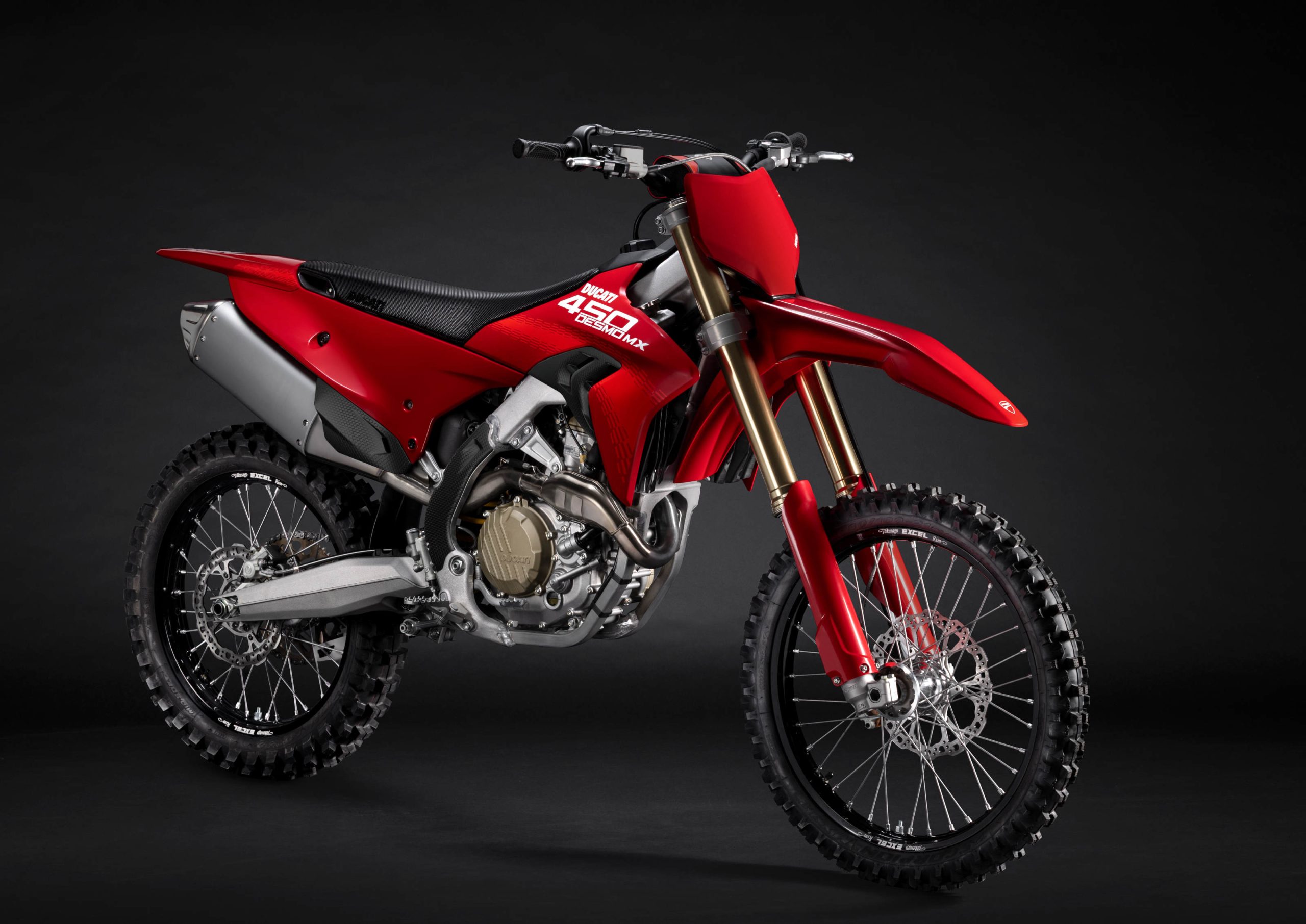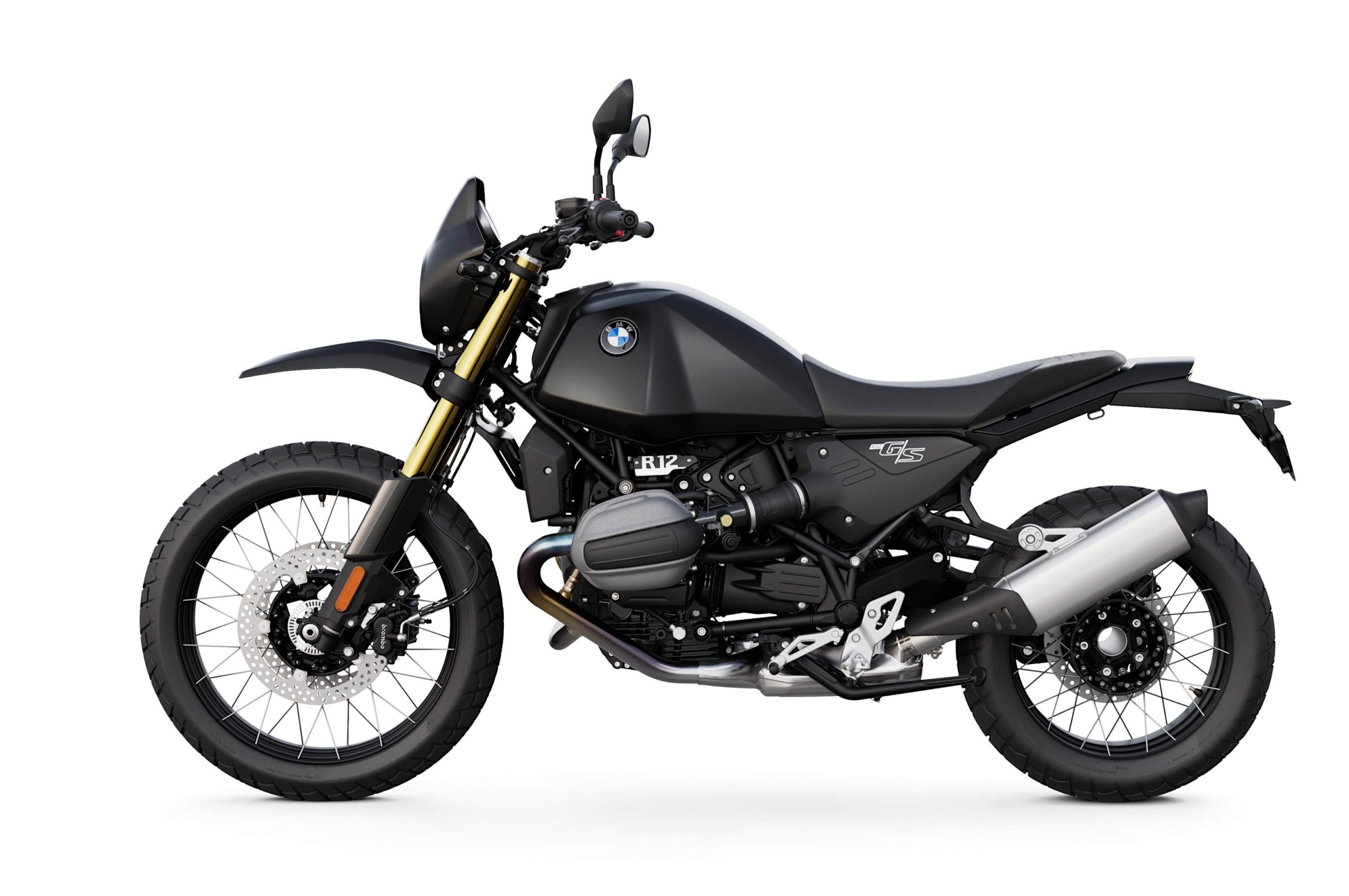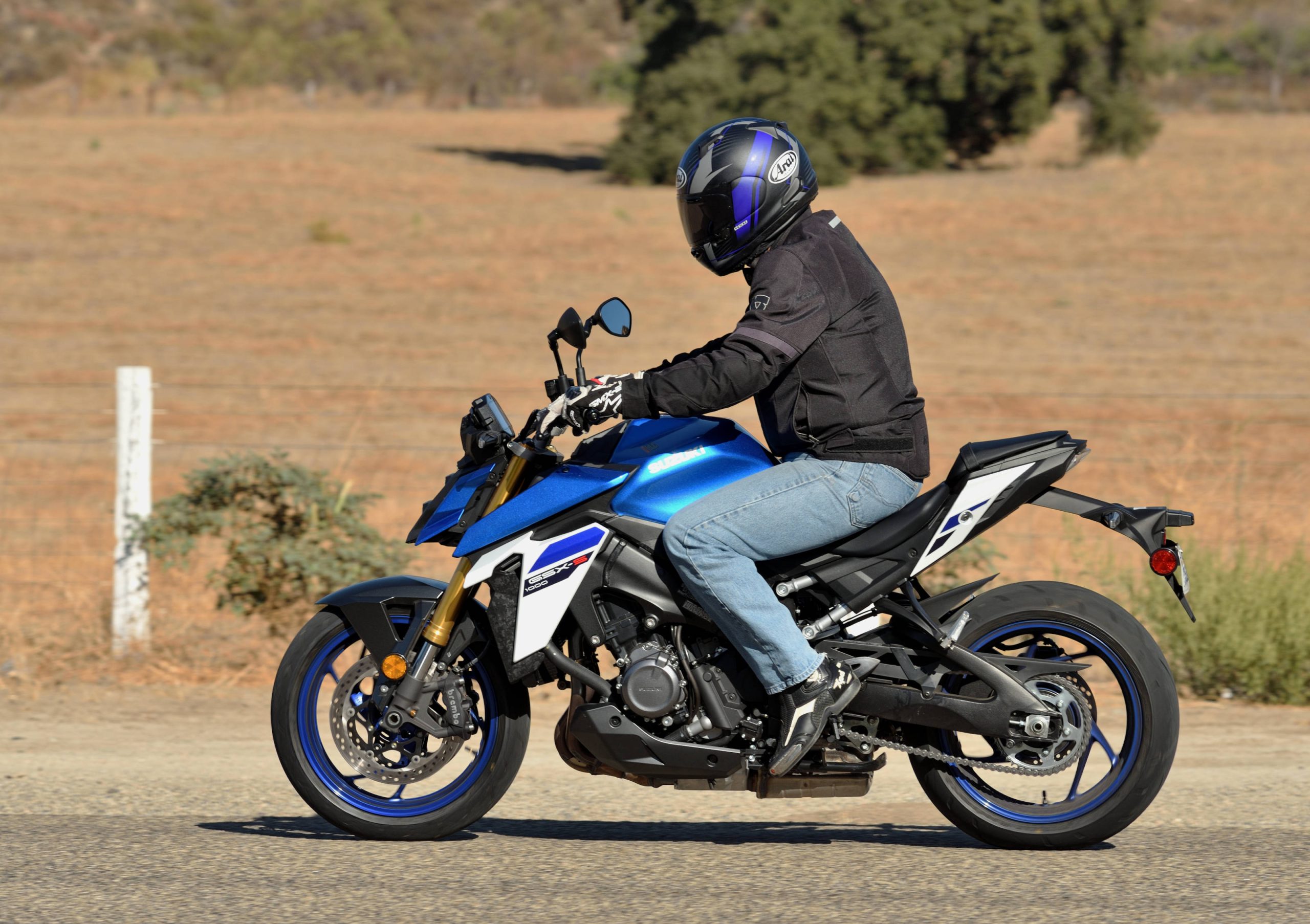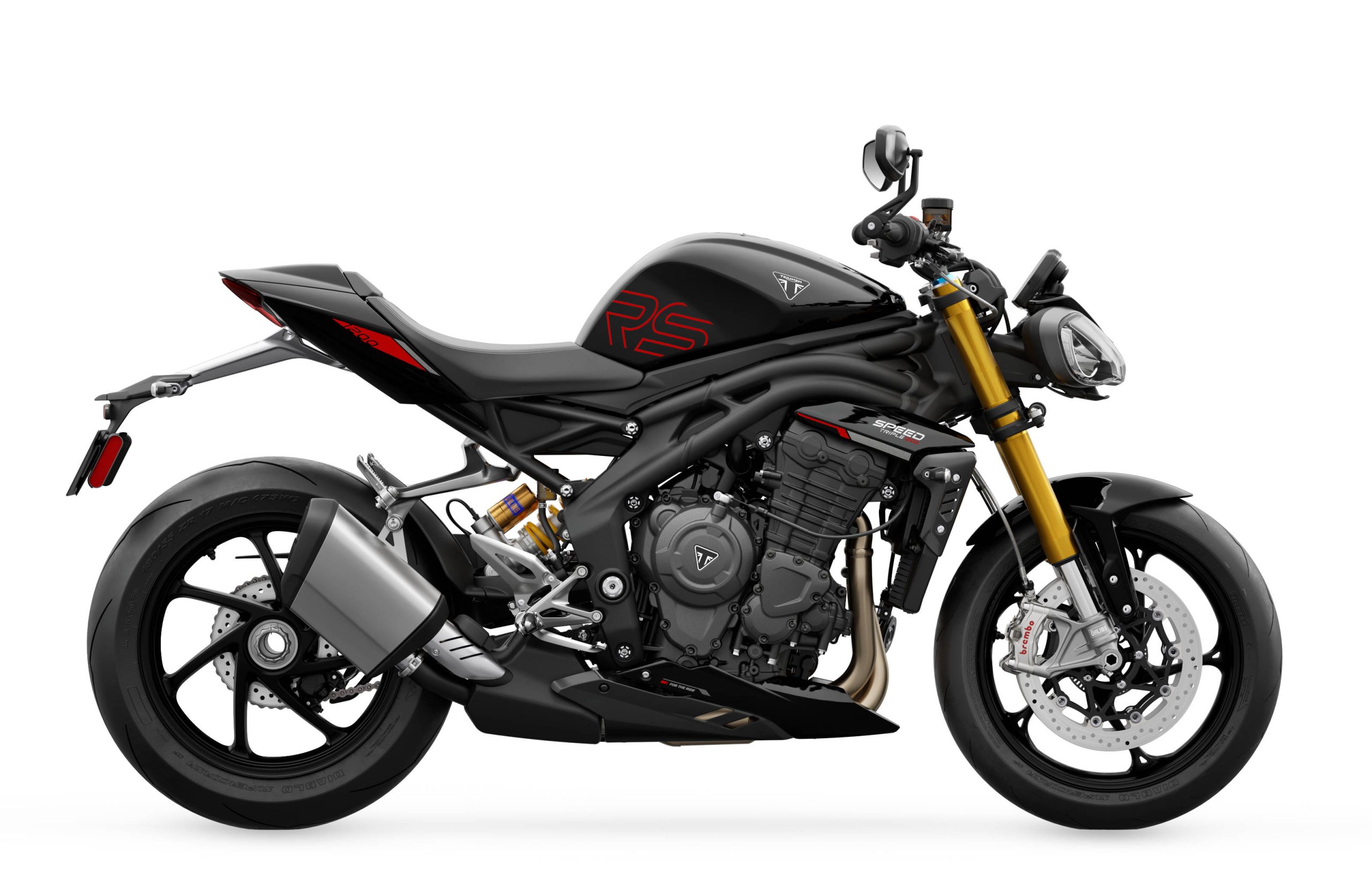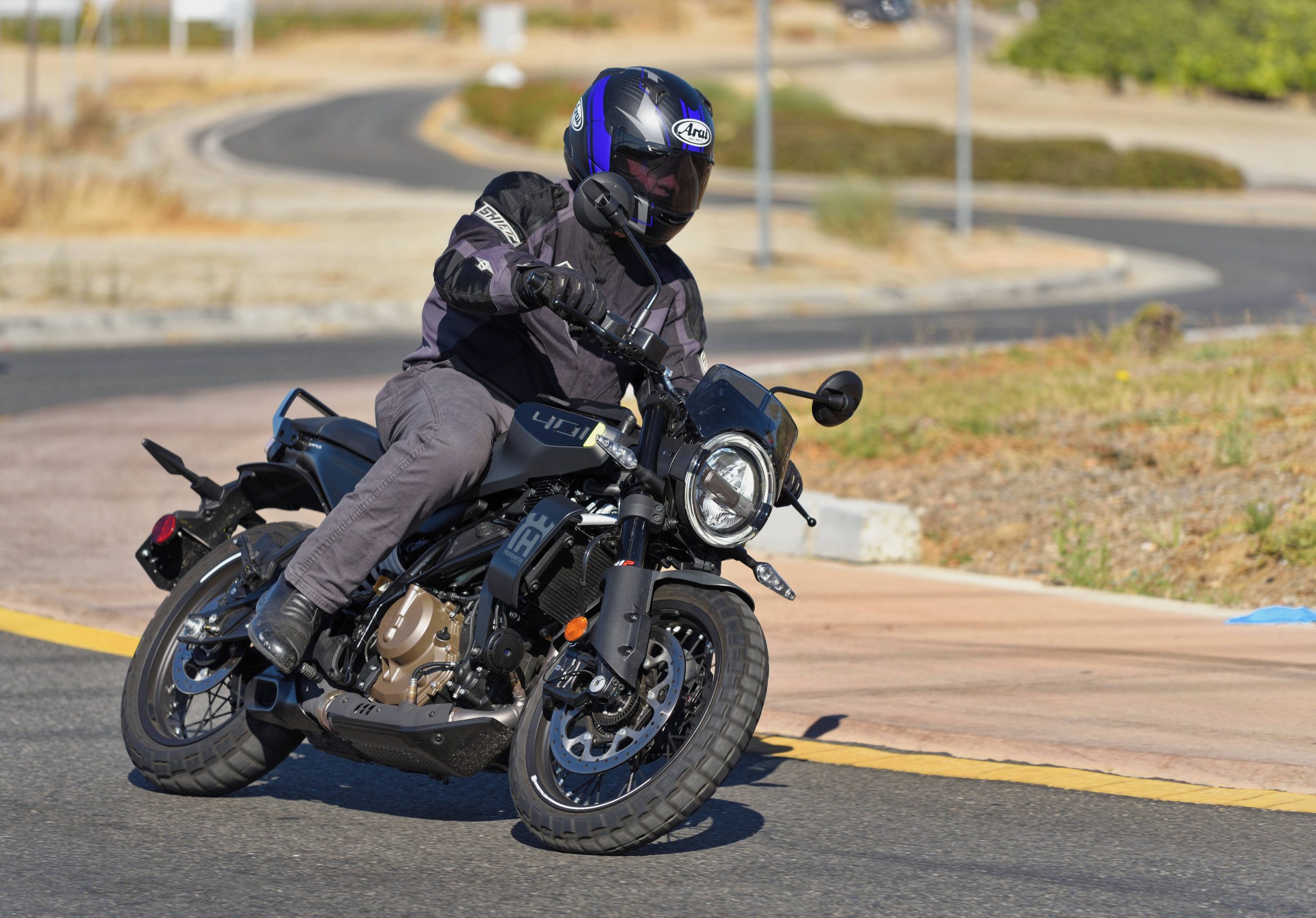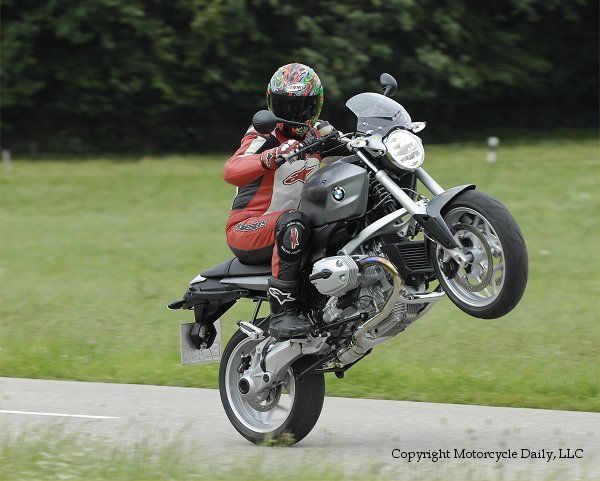
We have known for some time that the old R1150R would be the next and last of the big Boxers to benefit from the new 1200 engine. What we did not know was that it would be the first BMW to feature some ground breaking roadbike technology; ASC, TPC, evolved ABS, ESA and EVO Paralever. In plain English this means that the bike can be delivered from the Berlin factory ready fitted with traction control, new and better ABS, tyre pressure control and electronic suspension adjustment. Is this man beating nature or is it all too much?
The R1200R is in principal the simplest of the BMW Boxer 1200s. However, in a strange twist it is now the most advanced on paper! It will only last until 2007 when all the other big BMW Boxers will get the same options as the R1200R . . . except for the R1200S (no ASC ready yet for the most powerful of the Boxers). BMW thinks of the bike as a traditional roadster, but also as an entry level tourer. I have to disagree with BMW on the tourer bit as the bike lacks a fairing! Only a small fly screen is available as an option for wind protection, and the German manufacturer has already got the most extensive touring range possible where the ST and RT feature the same 109bhp engine as the R1200R. But a full range of luggage accessories are still available if you should choose the R1200R for touring. Unfortunately, none of the press bikes were fitted with the new traction control or tyre pressure control, but they did have the latest generation integral ABS that is necessary for the ASC (Automatic Stability Control) to work.
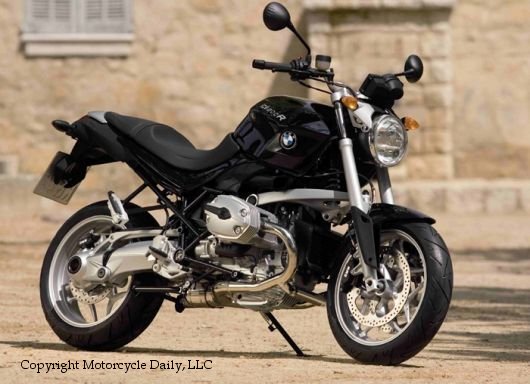
The world launch took place in the South of Germany and in the Bavarian Alps-as good a place as any for such a versatile motorcycle. Between Munich and the Bavarian Alps there is only a short stretch of Autobahn. Due to reports of rain in the Alps we took the long route South to test the bike before we had to encounter the rain. If the bikes had been fitted with the new ASC system I would have raced towards the rain to try it out!
You may already understand that the integral ABS and the stability control are the main technological advances for BMW in 2007. First of all, they (ABS & ASC) have been developed as a safety feature and not a MotoGP-ish track-day feature. BMW still has a long way to go before they have a fully functional ASC system on their most sporty Boxer R1200S and the more powerful in-line four K-series. You and I can only imagine how many calculations are needed from a super onboard computer to work out when to cut power or apply the rear brake when fully on the power leant over on a racetrack; hence the headline “Real world technology bearer”. In brief, the ASC only works when the integral ABS is fitted and it utilizes the same sensors to determine when the front and rear wheel are moving at different speeds. If the rear wheel starts spinning up, the sensors will pick up the information and cut the engine until traction is regained. BMW has had wet roads, slippery white lines and manhole covers, gravel on the road and winter riding on their mind when developing the system.
The bike itself might look quite similar to the old R1150R but there are many improvements. The bike now steers much better and more positively on the winding roads and when turning on a car park. Balance is almost perfect with the new EVO Paralever and balancing shaft fitted. At the front, a steering damper is fitted to the Telelever to stabilise the bike further when hard on the brakes or over uneven surfaces.
When I first sat on the 800mm tall standard seat it felt comfortable and suitable for a roadster. It is in similar territory to the Ducati Monster and Moto Guzzi Breva but both higher and lower seat options are available when you order the bike (low: 770mm, high: 830mm). I suspect that the suspension is set up to “normal” as standard. ESA (electronic suspension adjustment) is available as an extra and will allow you to adjust the suspension either softer or harder by the push of a button. Suspension felt fairly soft on the test bike, but as soon as the R1200R settled into a turn I could apply the throttle hard out of it without any stability concerns.
The new Continental Road Attacks developed specially for BMW are now for the first time fitted to a big Boxer model. I first tried them on the F800S in South Africa and thought they were good then. The Conti tyres are quite sporty and feature the most funky tyre pattern we have seen to date. The level of grip is very good even without the ASC fitted and when it is time to decelerate the newly developed integral ABS works impeccably. The new ABS system is a big improvement over the system available for the 1150. I remember that I thought the servo assisted ABS was very harsh for low speed control in the city when I rode the R1150R back in 2001. On the R1200R the ABS feels like conventional brakes when applied for normal use. For emergency stops you still get some feedback through the foot pedal or front brake lever, but particularly for slow speed stop-and-go the new ABS is much better than the old servo assisted system.
Another technological first is the TPC (Tyre pressure control) sensor that is still under development. We are simply talking about a sensor in the wheels that allows you to check tyre pressures on the move. If the pressure drops a yellow warning light will appear on the console and if the pressure drops dramatically (puncture or similar) the warning light turns red.
The engine is the same as in the big R1200RT tourer. Since the R1200R weighs considerably less than the RT it feels strong and powerful enough for all sorts of antics. The power output is 109bhp @7,500 rpm and 115Nm @6,000rpm by using premium RON98 grade fuel. The knock control allows you to use lower grade fuels too at the cost of a slight decrease in power output.
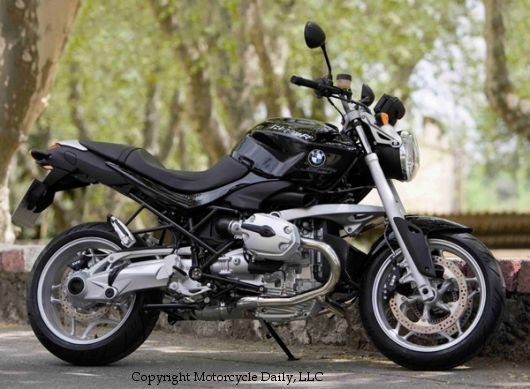
Power delivery is instant and the midrange is very strong. At the same time the R1200R is as smooth as an air/oil cooled Boxer can be. Some vibration inherently makes its way to the handlebar, but as long as you keep both hands on the handlebar there is minimal distortion to the mirrors. Take one hand off to clean your visor and the vibration shows by distorting the view in the mirrors. The general feel is of a smooth and comfortable package though.
The gear ratios have also been altered slightly from the RT to suit the use of the big naked better when in town or on B-roads. The R1200R also features a new larger oil-cooler placed in front of the engine rather than on both sides of the petrol tank as on the 1150. The higher engine power output made this change necessary (the new engine produces 28% more power than the old one). The torque curve is very strong from low revs, but drop the revs below 2.000 rpm in the highest gear and the big R doesn’t really like it.
I think that I am struggling a bit with the feedback from the Tele/Paralever suspension on the wet and I find it difficult to find more lean in the bends when wet. I suppose ASC will help as you then can trust the throttle and up front you have got the best ABS in the business. I am still not convinced it would make me any faster on the wet, but I do believe safer and that can only be a good thing.

I admit I wasn’t expecting anything special from the new R1200R at all. I thought BMW would just upgrade to the 1200cc engine and move on from there with the same design. The design is not wildly different from the 1150, but still enough to distinguish it as a new BMW. With all the new technological features launched on the R1200R, it suddenly raises the expectations to a higher level. The new integral ABS is brilliant as it works just as well or better than the old servo assisted system, with the improved feel of a conventional set up. And what can I say about the traction control? Exciting news, but just a shame it was not ready for us to try. It was demo’ed on gravel in Berlin, but this sort of thing must be felt on a motorcycle out in the real world to be judged. After experiencing the new R1200R, I can assure you BMW’s motto “advance through technology” is full of substance.

